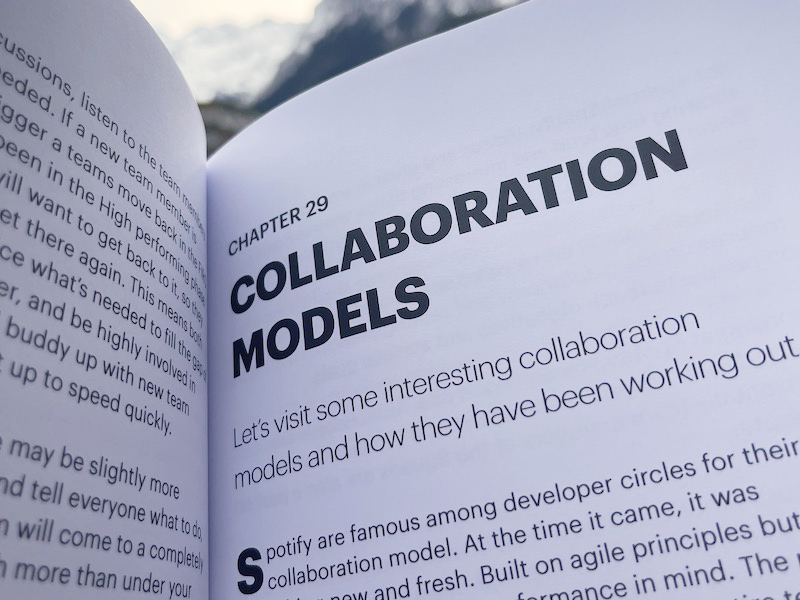
Spotify are famous among developer circles for their collaboration model. At the time it came, it was something new and fresh. Built on agile principles but also having a bigger company performance in mind.
The model, which is about scaling scrum, also takes the entire team structure and collaboration in to account. Other popular models are LeSS, the among agile practitioners hated SAFe and Teal.
I have chosen to look at these models specifically as it makes sense when working with developers. There are many other bigger models that’s on an organisational level but let’s stay in scope here.
The Spotify Model
Invented by Spotify, the Spotify model completely changed the way development teams were working. Even the ones not a part of Spotify. Videos and great examples was shared showing how fund and interesting things were at Spotify. Being so early with this way of collaborating, they set a standard in the industry.
The Spotify model is in a way a scaled version of scrum. It focuses on team autonomy and self-organisation. It relies on people to reach objectives and achieve goals.
Working at Spotify you are a part of a Tribe. People are divided in to Squads which each has a Product Owner. Horizontally team members of the Squads are also a part of a Chapter.
The cross-functional Squad can be compared to an agile team and consists of 6 to 12 people who are autonomously responsible for a certain feature area of the Product. They have their own road map, Product Owner with a product vision and who assigns priorities.
They are supported by an agile coach. The work they do is as much a possible with so little dependencies on other outside team as possible. The Squads chose their own agile methodology (Kanban, Scrum etc).
Chapters are groups where team members can join and discuss certain topics such as best practices and architecture. This is the backbone that holds the squads together.
We are a Swiss Company (LLC) based in  Switzerland.
Switzerland.
